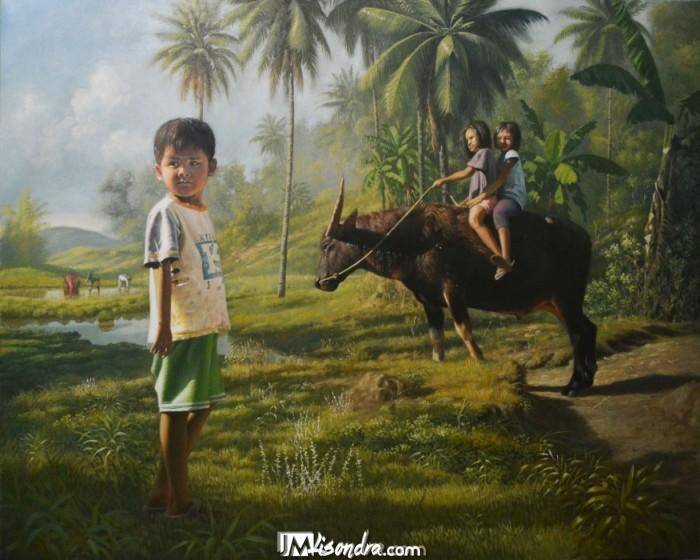AI Art Vs. Traditional Art: Comparing The Similarities And Differences In The World Of Art

Art has been a form of expression for humans for thousands of years. From cave paintings to Renaissance masterpieces, art has evolved and changed with society. In recent years, artificial intelligence (AI) has emerged as a new tool for creating art. But how does AI art compare to traditional art? In this article, we will explore the similarities and differences between AI art and traditional art.

What is AI Art?
AI art is created using algorithms and machine learning techniques. It involves training a computer to recognize patterns in existing art and then generating new images based on that knowledge. The results can be unpredictable and often surprising, creating a unique form of art that is both innovative and thought-provoking.

Traditional Art
Traditional art, on the other hand, is created by human hands and requires skill and creativity. It can take many forms, from painting and sculpture to drawing and printmaking. Traditional art often reflects the artist's personal experiences and emotions, and can be deeply meaningful and impactful.
You can see more traditional art painted by jmlisondra here.
Similarities between AI Art and Traditional Art
Despite their differences, there are several similarities between AI art and traditional art. Both forms of art can evoke strong emotional responses and can be used to communicate complex ideas and emotions. They can also be used to express personal identity and cultural values.
Differences between AI Art and Traditional Art
One of the main differences between AI art and traditional art is the process of creation. While traditional art requires skill, creativity, and personal expression, AI art is created by algorithms and machine learning. This can lead to a lack of personal expression in the final product, which can be a downside for some art lovers.
Another difference is the level of control the artist has over the final product. Traditional artists have complete control over their work, from the initial sketches to the final product. With AI art, the artist creates the algorithm and trains the machine, but ultimately the machine decides the final outcome. This lack of control can be seen as both a positive and a negative, depending on the artist's perspective.
Conclusion
AI art and traditional art are both valuable forms of expression, each with their own unique strengths and weaknesses. While AI art is innovative and exciting, traditional art remains a deeply personal and expressive form of art that has been appreciated for centuries. Whether you prefer one over the other or enjoy both, it's clear that art continues to evolve and change with society, and we can expect to see many more exciting developments in the years to come.
Do you want to take art courses and elevate your art skills? You can check here jmlisondra's online courses.
Subscribe!
No 'Jetpack_Subscriptions_Widget' widget registered in this installation.





